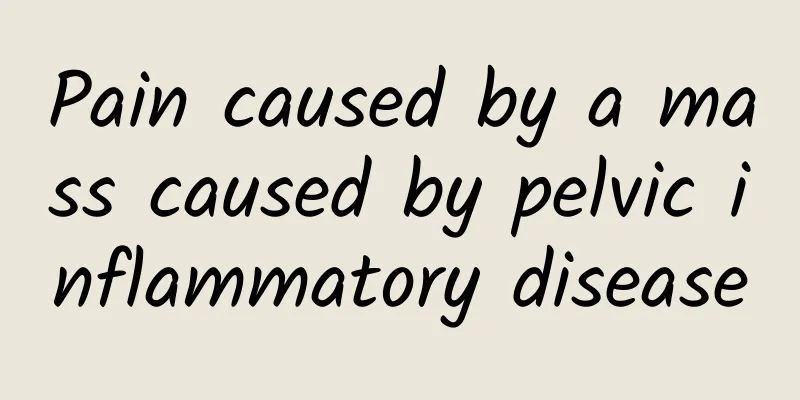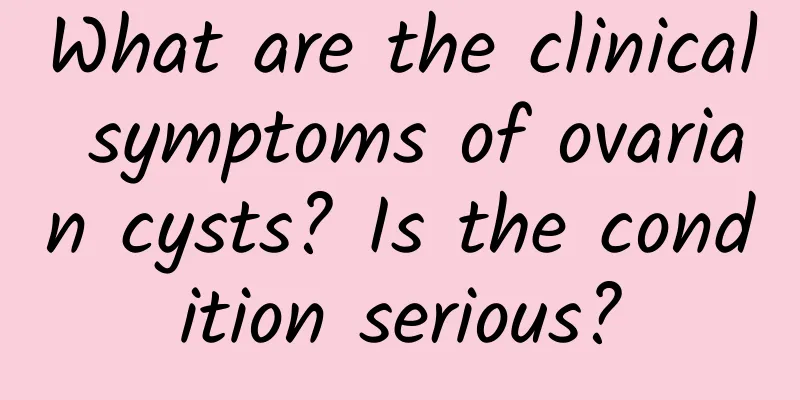Pain caused by a mass caused by pelvic inflammatory disease

|
Painful masses caused by pelvic inflammatory disease require prompt medical attention, as this may be a sign of spreading inflammation or complications of other diseases. Treatment options include medication, lifestyle changes, and, if necessary, surgical intervention. 1 Causes of pelvic inflammatory disease Pelvic inflammatory disease is an inflammation of the pelvic reproductive organs caused by bacterial infection. If not treated in time, it may lead to local abscess formation or mass. Common causes of pelvic inflammatory disease include: Infectious factors: Mostly caused by sexually transmitted diseases such as Neisseria gonorrhoeae, Chlamydia trachomatis or infection after gynecological surgery, with bacteria entering the pelvic cavity through the vagina and cervix. Other complications: Chronic inflammation may lead to fibrosis or mass proliferation, causing pain when touching or compressing nerves. Influence of physiological and anatomical structure: Some women have weak pelvic blood circulation, which increases the risk of infection. 2Specific manifestations of pain The pain caused by the mass is mainly manifested as persistent or paroxysmal pain in the lower abdomen, accompanied by a feeling of heaviness and distension. In severe cases, fever and chills may occur. Symptoms may worsen during standing, defecation, and sexual intercourse. 3. Treatment of pain caused by pelvic inflammatory disease If the mass is diagnosed as pelvic inflammatory disease, treatment may include the following: Drug treatment: Antibiotics are the first choice, and ceftriaxone combined with metronidazole is recommended. At the same time, the regimen should be adjusted according to the pathogen. For chronic infections, the course of treatment can be increased appropriately. Surgical treatment: If the mass has formed an abscess or the drug treatment is ineffective, minimally invasive drainage or surgical removal of the abscess tissue can be considered. Surgery is also suitable for patients with chronic recurrent attacks. Auxiliary therapy: Hot compress or physical therapy can be used to promote pelvic blood circulation, relieve pain and inflammatory effusion. 4 How to prevent exacerbations or relapses in your life Maintain good living habits: pay attention to perineum hygiene and avoid using unclean sanitary products during menstruation. Avoid high-risk sexual behavior: Avoid infection opportunities during pregnancy, postoperative and other special stages, and use antibiotics as required. Regular check-ups: To prevent pelvic inflammatory disease from becoming a chronic disease, annual gynecological examinations can help detect problems early. Pain from the lump may indicate worsening inflammation or complications, so you need to be vigilant. If the pain does not subside for a long time, you should consult a specialist immediately for a clear diagnosis and take standardized treatment. Through timely intervention and improvement of lifestyle habits, you can effectively control pelvic inflammatory disease-related problems and reduce its threat to health. |
<<: Polycystic ovary has not been detected before
>>: How to treat functional menstrual disorders
Recommend
What are the symptoms of uterine fibroids? What are the diagnostic methods for uterine fibroids?
Symptoms Most uterine fibroids, even if they are ...
Specific surgical indications for pelvic inflammatory disease
It is important for women to maintain good health...
A brief introduction to the four major symptoms of cervical erosion
Symptoms of cervical erosion appear in the early ...
What foods are good for adenomyosis?
For patients with adenomyosis, diet can be used a...
What tests should women take for premature menopause
Women who experience premature menopause need to ...
Drain and detoxify! Cucumber yogurt salad healthy eating
Cucumber is also a food ingredient with high wate...
What are the types of uterine fibroid degeneration?
Degeneration of uterine fibroids is actually some...
Is there menopause in your 30s?
Is there menopause in your 30s? Menopause occurs ...
Analysis of the symptoms of malignant ovarian cysts
Among gynecological diseases, ovarian cysts are p...
Is amenorrhea a symptom of irregular menstruation?
Amenorrhea is one of the symptoms of irregular me...
What are the main symptoms of left ovarian cyst?
In the 21st century, more and more women suffer f...
Will uterine fibroids cause abdominal obesity? What are the symptoms of uterine fibroids?
It is reported that Ms. Huang, 53, began to notic...
Is grade 1 cervical precancerous lesion serious?
Life is like a big stage, and people are performi...
Precautions before using Lipu Knife to treat cervical erosion
For patients with cervical erosion that is deep, ...
Ovulation bleeding, menstruation delayed for ten days, what's going on?
Ovulation bleeding and menstruation delayed for t...









